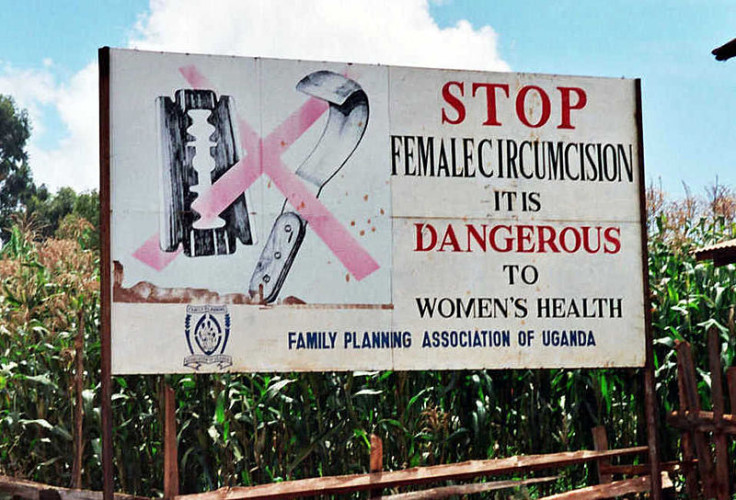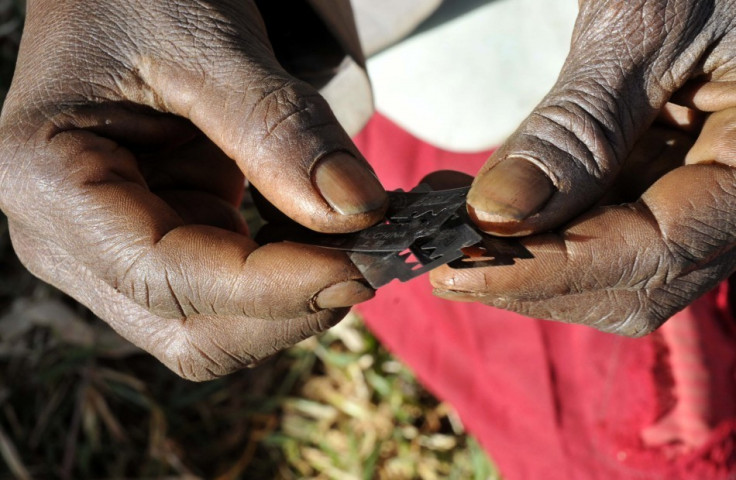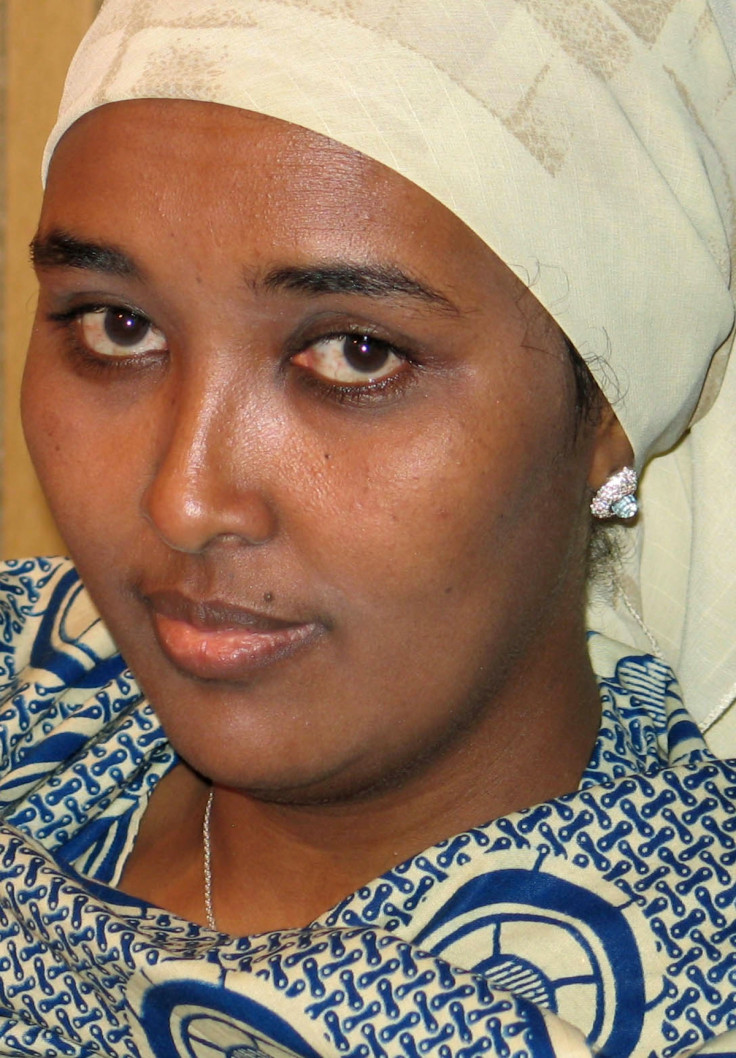FGM: How Big is Britain's Female Genital Mutilation Problem?

This week, it was announced that the first prosecutions over cases of female genital mutilation were about to take place in the UK. The government has announced a concerted drive to tackle the phenomenon, which is becoming more prevalent in Britain.
Now, a 17-year-old student is asking Michael Gove, the Secretary of State for Education, to train and inform teachers and parents about the dangers of the practice.
In a new campaign, Fahma Mohamed is urging Gove to write to the leaders of schools before the summer holidays. Girls are at greatest risk of FGM over this period, as they can be taken overseas to have the procedure.
The campaign, launched on 6 February, coincides with the International Day of Zero Tolerance to Female Genital Mutilation.
What is female genital mutilation?

FGM is a form of child abuse which has devastating physical and psychological repercussions for girls and women.
It is described by the World Health Organisation as: "Procedures that involve partial or total removal of the external female genitalia, or other injury to the female genital organs for non-medical reasons." It is traditionally carried out without anaethetic, using knives, scalpels or even pieces of glass, while the girl is restrained.
Since 1985, it has been a serious offence under the Prohibition of Female Circumcision Act. In 2003, the law was tightened in the Female Genital Mutilation Act, to criminalise the act being carried out on UK citizens abroad. Those committing the crime could face a maximum of 14 years in prison.
What are the health risks?

Dangers include shock from bleeding, pain and stress. It is possible to cause serious bleeding from hemorrhage, by cutting off the blood vessels in the clitoral artery. Urinary tract infections due to urinary retention, from fear or pain or tissue swelling.
There is a high risk of infection or blood poisoning from unsterilised instruments, as well as HIV transmission. Damage to other organs such as the anus, urethra and the bladder can be caused by the procedure being carried out by untrained circumcisers.
How many girls and women are at risk?
According to the latest research, over 65,000 girls under the age of 13 are at risk of FGM in Britain. However, referrals to the police are uncommon and prosecutions could be hindered by doctors, teachers and social workers who fail to report incidents. It is also difficult to encourage victims to come forward about their experiences. Generally, FGM is carried out between infancy and the age of 15, but it can occur later.
Why is FGM carried out?
FGM has no health benefits, causing only harm and distress to victims. The procedure takes place for a variety of cultural, social and religious beliefs, which include family honour and ensuring a girl is marriageable. Other reasons are: social acceptance, preservation of virginity, chastity, custom and hygiene. In some cases, it is wrongly believed FGM will enhance fertility and make childbirth safer.
Where is the procedure most commonly carried out?
It is known that FGM is carried out in many African countries, as well as areas of the Middle East and Asia. In December 2012, the UN banned the practice of FGM, which is estimated to affect 100-140 million women and girls worldwide. Areas within the UK include London, Manchester, Cardiff and Birmingham, althought FGM can occur anywhere.
© Copyright IBTimes 2025. All rights reserved.






















